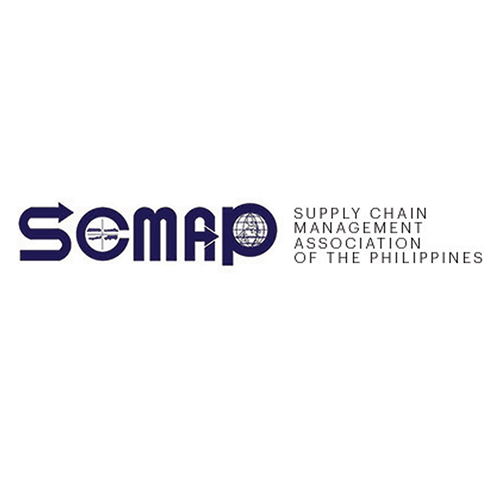The headline figure is encouraging: the Philippines jumped to 43rd place in the latest edition of the Logistics Performance Index, a regular survey conducted by the World Bank assessing the competitiveness of logistics services and networks across the world. It is our best showing in the survey since it was first conducted in 2007, and continues our slow but upward trajectory in the rankings: we were 71st in 2016, and 60th in 2018.
RELATED READ: PH leaps 17 places in 2023 WB logistics index
This is, of course, not possible without the Philippine government taking steps to prioritize developing competitive supply chains in the past few years, particularly by strengthening its relationship with private sector stakeholders, as well as through more sustained investment in physical infrastructure. The continued embrace of digitalization, which picked up speed from the early days of the COVID-19 pandemic, was also a significant player.
However, a deeper read of the survey results suggests – and I’m certain policy makers are very much aware of this – that there is a lot more work to do for the Philippines to have truly competitive supply chains.
The LPI tracks a country’s performance in six key areas: efficiency of customs processes, quality of transport infrastructure, ease of arranging competitively-priced shipments, competence of logistics services, ability to track shipments, and timeliness of shipments. We performed worse in the third area – international shipments – since the last survey, dropping ten places to 47th in this year’s report.
This reflects the Philippines’ continued vulnerability to global disruptions. The latest LPI, of course, reflects a world emerging from the worst of COVID-19, although the World Bank believes that logistics performance mostly remained consistent across surveyed countries. Nonetheless, issues that emerged during the global supply chain crisis of the past few years – particularly rising rates and limited infrastructure in and around our major ports – have hit us hard.
One may say that efforts are ongoing to address some of these concerns – say, legislation to regulate shipping costs, as well as continuing port modernization – but one can also argue that we are moving too slowly, and are not able to keep up with the higher standards set by our neighboring countries and major trading partners. The World Bank in particular notes that, in the five years between surveys, richer economies have made giant strides in embracing digitalization end-to-end and improving port productivity.
To be welcomed, however, is our significant improvement in other key areas, particularly in timeliness, where we jumped from 100th in 2018 to 49th this year. We also saw significant leaps in performance in other areas tracked by the survey.
One question always posed whenever a new LPI report is released is about how we should respond. Do we continue with our current pace of development and improvement, a slow yet steady one? Or do we intensify efforts even further? The devil is always in the details. While our ranking has improved, does it actually mean we have moved up, or did we just stay still while other countries struggled dramatically (or surged significantly) during the pandemic?
Our infrastructure score improved this year, and I am certain that it can only go higher once other transport network projects open in the coming years. (However, the fact that some of these projects don’t move the needle much when it comes to congestion, particularly in urban areas, may tip the scales. New roads are one thing; policies further allowing free movement of goods must also be in place.) Our customs facilitation score has recovered from our drop in rankings between 2016 and 2018, but we scored best in this front in 2014 – can we reach those heights again, if not go further? The jump in our timeliness score is significant, if not a bit hard to believe sometimes – can we sustain this in the next survey, which is expected in two years’ time?
We know that closer collaboration between stakeholders helped the Philippines towards its best performance in the LPI’s history, but being in the midst of these efforts, I know we can do better. One thing we can do moving forward is to enhance our data gathering and data sharing, so we are all on the same page as we work towards common goals. This year’s report included new data, aggregated from global trade trackers, illustrating supply chain lead times in surveyed countries, giving us a better idea of what to target next to improve our logistics performance. Did you know that delivery time for postal parcels in the Philippines averages 13.7 days? That’s abysmal. That’s one thing we can focus on. In an increasingly digital economy, snail mail does not have to take its description quite literally.
Supply Chain Immersion: Join us for the first ever Supply Chain Immersion in four years, happening on May 21-23. Understand how supply chains can be responsible and impactful with a mix of expert talks on board MV 2GO Maligaya, and site tours in our destination, Cebu City. Registration closes this Friday, so sign up quick! Learn more and sign up at scmap.org.
Henrik Batallones is the marketing and communications director of SCMAP, and editor-in-chief of its official publication, Supply Chain Philippines. More information about SCMAP is available at scmap.org.
PREVIOUS COLUMN: Where Green Supply Chains Start





